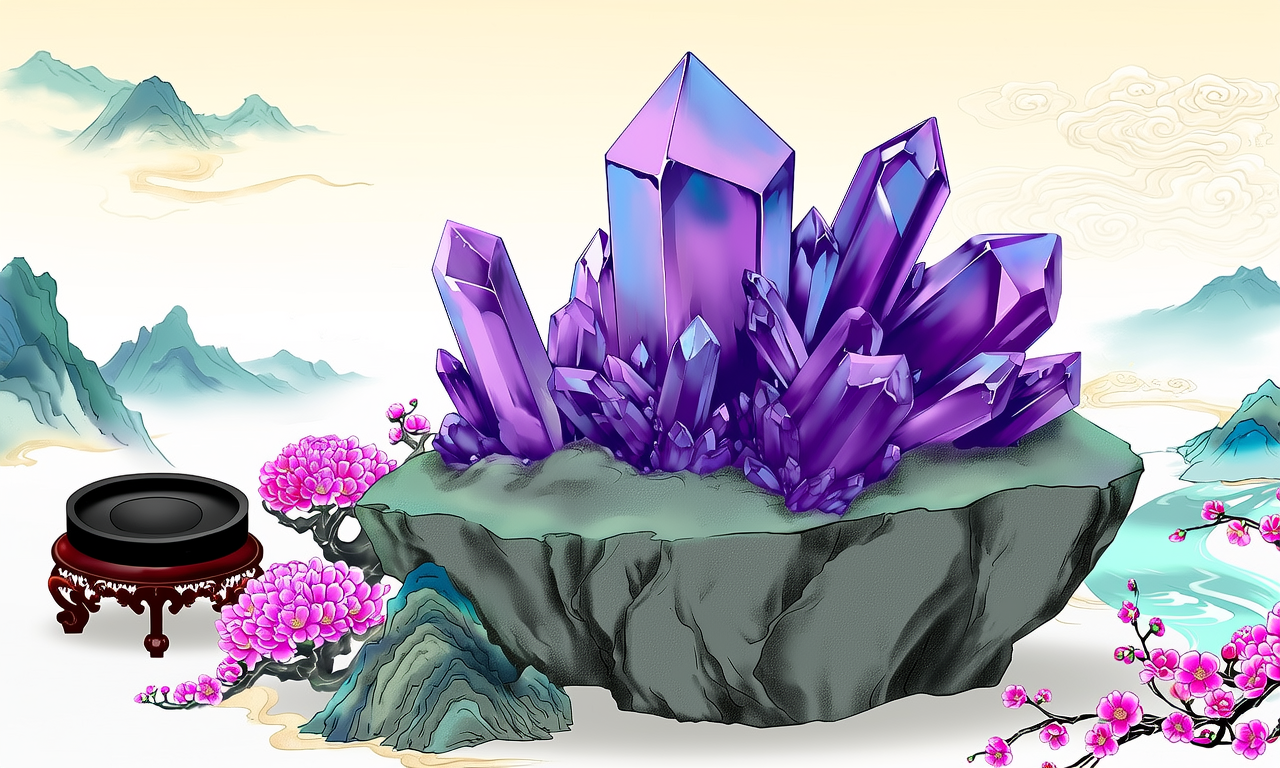No products in the cart.: $0.00
Where Is the Best Amethyst Mined?
Thread Source: Amethyst Knowledge Popularization
You know, when people ask me, “Where is the best amethyst mined?” I always get a little excited because it’s not just about geography—it’s about that stunning purple gem that seems to capture everyone’s heart. Honestly, as a gem enthusiast, I’ve spent years digging into this, and the truth is, the “best” spot depends on what you’re after: deep color, rarity, or sheer availability. But let’s cut to the chase—based on what I’ve seen and learned, Uruguay often steals the show with its legendary dark purple hues, though it’s getting harder to find these days. Isn’t it fascinating how a single mineral can spark such debate?

Uruguay: The Gold Standard for Deep Purple
Wow, if you’re chasing that rich, velvety purple that makes amethyst so iconic, Uruguayan mines are where it’s at. I mean, think about it—these gems are famed for their intense color saturation, often with a hint of burgundy fire that gives them an almost royal glow. Data from gemological reports shows that Uruguayan amethyst scores high on the Mohs hardness scale (around 7, just like quartz should), and its refractive index hits 1.553, which explains that brilliant sparkle. But here’s the kicker: over the past decade, output has plummeted, making top-quality pieces super rare. For instance, miners in Artigas, a key region, now produce only a fraction of what they did in the 2000s—talk about supply and demand! If you ask me, this scarcity adds to their allure, but it also means you might pay a premium for the real deal.
Brazil: The Go-To for Bright and Accessible Gems
Now, if Uruguay is the high-end boutique, Brazil feels like the bustling marketplace—reliable, abundant, and surprisingly versatile. Brazilian amethyst, mined heavily in states like Rio Grande do Sul, tends to have lighter, more transparent shades, which I find perfect for everyday jewelry. Seriously, who doesn’t love a piece that catches the light? Industry stats reveal Brazil accounts for over 60% of global amethyst supply, so you’re getting gems that are easier on the wallet and still boast good clarity—no major inclusions messing up the view. Case in point: I’ve handled stones from Minas Gerais that are almost flawless, with a refractive index hovering at 1.544. But, uh, don’t expect the same depth of color as Uruguay; it’s more about that soft, inviting purple. For collectors on a budget, this is often the sweet spot.
Other Contenders: Africa’s Hidden Gems
Let’s not forget about Africa—regions like South Africa and Zambia bring their own flair to the table, though they’re often overlooked. Zambian amethyst, for example, leans toward a unique purplish-red tone, which can be stunning in the right setting, but it’s not everyone’s cup of tea. Data from mining surveys shows that while South African sources (like the Northern Cape) produce decent volumes, the quality varies more; you might find gems with uneven color zones or slight fading issues if not handled carefully. Honestly, I’ve seen some real beauties from there, but they don’t consistently hit the high notes of Uruguayan or Brazilian stones. And places like Madagascar? They’re emerging, but for now, they play second fiddle in the “best” conversation.
So, what’s the verdict on the best mining location? In my book, Uruguay takes the crown for sheer wow factor, but Brazil wins for practicality—it’s all about your priorities. If you’re splurging on a statement piece, go for Uruguayan; if you want something lovely without breaking the bank, Brazilian is your friend. Either way, it’s amazing how these gems connect us to the earth’s hidden treasures. Just remember, the real magic lies in finding a stone that speaks to you personally—color, clarity, and all.



 Please wait…
Please wait…